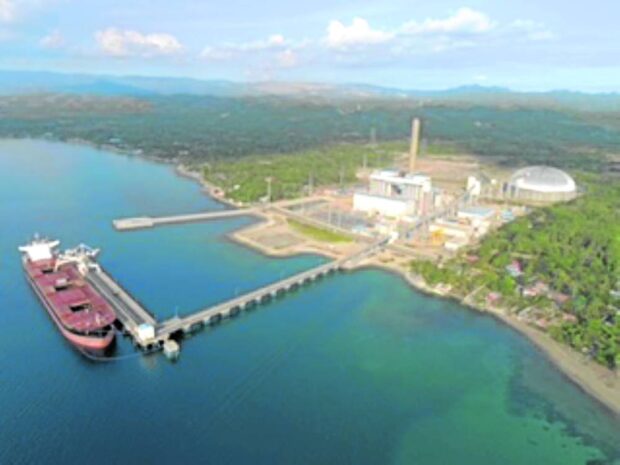Powering Cebu: Stable electricity for growth

MORE POWER The Department of Energy and the NGCP had cited Cebu as among the main sites for power plants that can consistently and continuously produce electricity at scale. —CONTRIBUTED PHOTO
The 340-megawatt Toledo coal-fired power plant in Barangay Bato, Toledo City in Cebu is a leading electricity generator in the province. Operated by Aboitiz Power Corp.’s Therma Visayas Inc., it uses state-of-the-art circulating fluidized bed and the best available control technology to minimize coal dust emissions.
A lot of economic growth and social progress is in store for Cebu and the rest of the Visayas as it bounces back from the pandemic, harnessing the advantages of a reopened economy and a revitalized people.
To realize this, the city should be supported by the right set of circumstances, among them: having a stable and reliable electricity supply to power the aspirations of businesses, communities and homes.
Electricity is an indispensable part of life. It is needed for telecommunications and internet systems to work. Human needs like fresh water, food and medicine are produced, transported, stored and sold with the help of electricity. And services such as health care, education and civil services necessitate power to keep their lights and work tools on.According to the Philippine Statistics Authority, Cebu in particular already constituted 72.7 percent of the Central Visayan economy in 2021. Broken down, Cebu makes up about 45 percent of the region’s agriculture, forestry and fishing industry; 84.8 percent of its industry sector; and 71.4 percent of its services market.
Most export processing zones in Central Visayas are also located in Cebu, making it vital to the region’s export market. Moreover, as it is home to Metro Cebu, the second largest urban center in the country, the island has also become a hub of travel to and fro various domestic and international destinations; further solidifying its position as an economic, administrative, financial and logistical center for the Visayas.
That said, Cebu is a big driver of growth for Central Visayas and the wider Visayas region.
Energy-intensive industries
To be sustained, these energy intensive industries require the right amount of electricity whenever they need it.
As it stands, electricity sales are projected to increase by an annual average growth rate of 7 percent until 2040 in the Visayas grid, with almost half of the demand already coming from the province of Cebu alone, according to the National Grid Corp. of the Philippines (NGCP).
However, in recent years, the downside risks of yellow and red alerts continue to loom in the Visayas grid due to high electricity demand surpassing available supply, which are in part because of unplanned and extended power plant outages, insufficient operational reserves and delays in the commercial operation of needed additional power projects.
The Department of Energy and the NGCP had cited Cebu as among the main sites for large generation capacity additions, i.e., power plants that can consistently and continuously produce electricity at scale. Moreover, the connection of new transmission lines like the Cebu-Negros-Panay and the Mindanao-Visayas interconnections promise easing in the supply side as surplus power is transported from one area to another.
Prior to the pandemic, the National Economic and Development Authority identified the potential of Cebu for new investments in heavy and extractive industries. This includes the industries of shipbuilding and other allied activities in the western seaboard of Cebu; car manufacturing and car parts manufacturing; aerospace parts; resource-based industries; and fabricated metals.
With these ambitions, the realization of a more energy-abundant region becomes even more important in helping course Cebu’s future economic fortunes.
